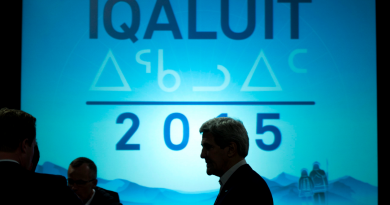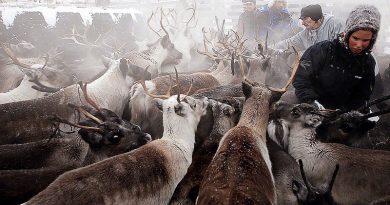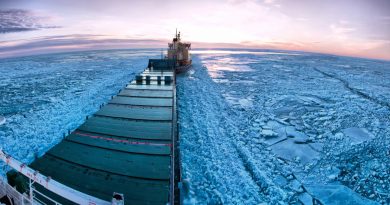U.S. Northern Command seeks semi-autonomous Arctic ATV
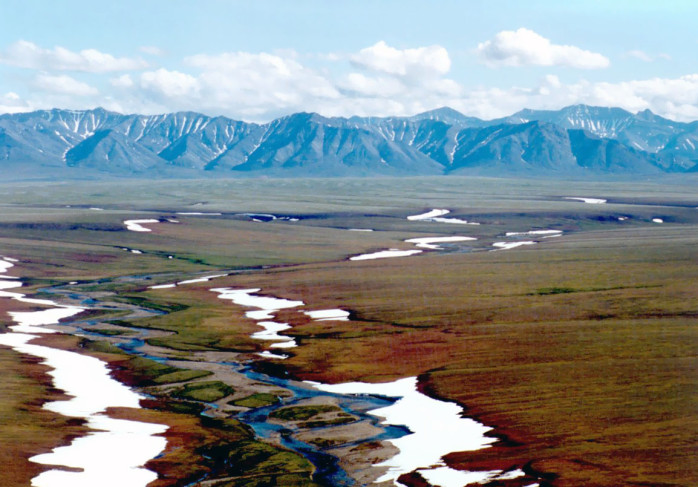 In April, the U.S. Army’s Northern Command released a request for information (RFI) for a semi-autonomous all terrain vehicle dubbed “KODIAK.” The request for information is merely that, as no money has been allocated for the actual development of such a vehicle. KODIAK should be able to withstand temperatures ranging from -50 degrees to 90 degrees Fahrenheit. It might be surprising, but the record high temperature ever recorded was 100 degrees Fahrenheit in Fort Yukon, in Alaska’s Interior, while the coldest temperature ever recorded, -79.8 degrees Fahrenheit, occurred a bit to the northwest in Prospect Creek, just south of Gates of the Arctic National Park. Given the extreme range in temperatures that places like Alaska’s Interior can experience in the span of a year, the RFI suggests the vehicle’s frame be constructed out of steel, as plastic can freeze and crack.
In April, the U.S. Army’s Northern Command released a request for information (RFI) for a semi-autonomous all terrain vehicle dubbed “KODIAK.” The request for information is merely that, as no money has been allocated for the actual development of such a vehicle. KODIAK should be able to withstand temperatures ranging from -50 degrees to 90 degrees Fahrenheit. It might be surprising, but the record high temperature ever recorded was 100 degrees Fahrenheit in Fort Yukon, in Alaska’s Interior, while the coldest temperature ever recorded, -79.8 degrees Fahrenheit, occurred a bit to the northwest in Prospect Creek, just south of Gates of the Arctic National Park. Given the extreme range in temperatures that places like Alaska’s Interior can experience in the span of a year, the RFI suggests the vehicle’s frame be constructed out of steel, as plastic can freeze and crack.
KODIAK must also be able to remain mobile in both “deep snow (winter) and wet, muddy, and water-filled drainage areas (summer),” an environment which sounds a lot like the Arctic tundra. It is also preferred that KODIAK be able to operate with or without a driver, compelling Wired Magazine’s Spencer Ackerman to call the sought-after concept vehicle an “Arctic Knight Rider.”
Northern Command, whose slogan is “defending our homeland,” was established in early 2002 (around the same time that the word “homeland” reentered the nation’s vocabulary). Their area of responsibility covers all of the “continental United States, Alaska, Canada, Mexico and the surrounding water out to approximately 500 nautical miles.” Theater cooperation with Canada and Mexico also falls under Northern Command’s purview. It certainly doesn’t ever get to -50 degrees in Mexico, so KODIAK would probably only ever be used in Alaska and northern Canada.
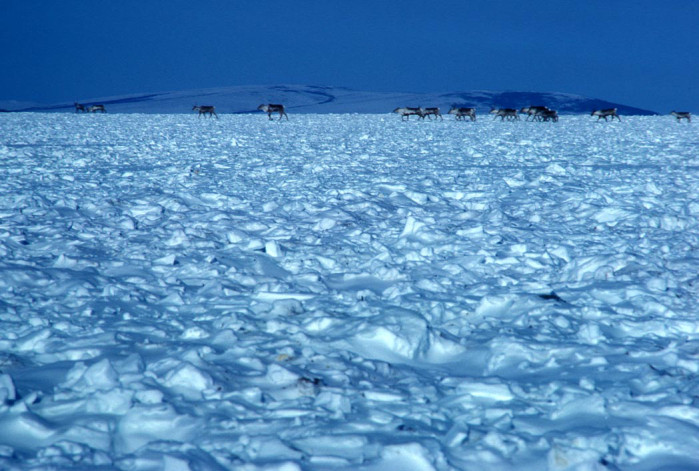 The Department of Defense has expressed a lot of interest lately in developing new military technologies for the Arctic. In March, I wrote about DARPA’s Assured Arctic Awareness Program, which has a budget of $4 million to invest in things like anti-submarine warfare technologies. All of this has taken place somewhat under the radar, with RFIs and solicitations for research proposals rather than big announcements by the president or prime minister, which are more typical of countries like Russia and Canada. DARPA’s presentation (PDF) about the Assured Arctic Awareness program says, “We are an Arctic nation with little presence. Traditional forward presence will require billions in investment.” The Coast Guard, Army, and Navy all advocate increased spending in the Arctic. While the U.S. is beginning to explore how it can effectively operate in the north, it is doing so without a real commitment to the region. It has not allocated the billions of dollars that will ultimately be necessary for a true presence, and until then, any proposals and ideas submitted by researchers will remain blueprints.
The Department of Defense has expressed a lot of interest lately in developing new military technologies for the Arctic. In March, I wrote about DARPA’s Assured Arctic Awareness Program, which has a budget of $4 million to invest in things like anti-submarine warfare technologies. All of this has taken place somewhat under the radar, with RFIs and solicitations for research proposals rather than big announcements by the president or prime minister, which are more typical of countries like Russia and Canada. DARPA’s presentation (PDF) about the Assured Arctic Awareness program says, “We are an Arctic nation with little presence. Traditional forward presence will require billions in investment.” The Coast Guard, Army, and Navy all advocate increased spending in the Arctic. While the U.S. is beginning to explore how it can effectively operate in the north, it is doing so without a real commitment to the region. It has not allocated the billions of dollars that will ultimately be necessary for a true presence, and until then, any proposals and ideas submitted by researchers will remain blueprints.


